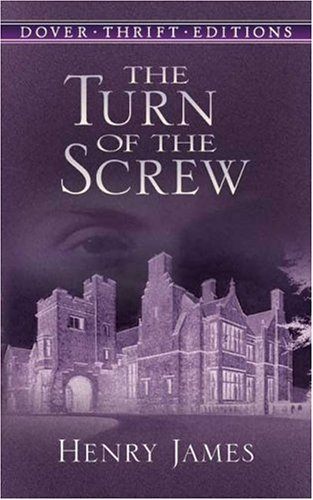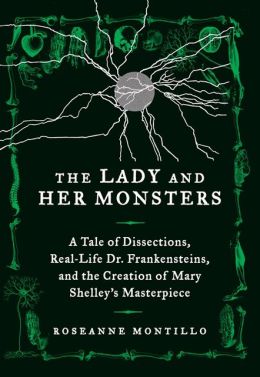Mystery Annotation
Author: Alan Bradley
Title: The Dead in Their Vaulted Arches: A Flavia de Luce Novel
Series: Flavia de Luce Mysteries, #6
ISBN: 978-0-385-34405-0
Genre: Mystery, Adult Books for Young
Adults, Canadian Fiction
Publication Date: January 2014
Number of Pages: 336 p.
Other Formats: eBook, Audiobook
Geographical Setting: England; Europe
Time Period: 1951
Subject Headings:
De Luce, Flavia
Eleven-year-old girls
Fathers and daughters
Girl detectives
Girl scientists
Intelligence
Murder
Sisters
England
Plot Summary: The sixth installment in the Flavia de Luce mystery
series picks up shortly where the last book,
Speaking Among the Bones, left off: eleven-year-old amateur
detective/chemist Flavia de Luce is awaiting the return of her long lost
mother, Harriet, in early 1951 England. On this eagerly anticipated day, it
seems that mystery and death cannot escape the precocious Ms. De Luce, as an
unfortunate fatality occurs at a train station while waiting for her mother in
her hometown of Bishop’s Lacey. Flavia sets forth to unravel this mystery,
along with deeply buried secrets held within her own family, in this
quickly-moving, climatic conclusion to the mystery of her mother, Harriet, and
perhaps a new venture for the series itself.
Appeal
Pacing: Narrative momentum
Story: Plot-driven
Characters: Quirky, Colorful, Introspective
Setting: Detailed, Evocative, Sense of
Place
Language: Narrative
Tone: Upbeat
Graphic Meter: Clean
Writing Style: Engaging; Witty
Read-Alikes
Fiction
Love and Murder by Gail Bowen
Both
of these cozy mysteries have darker aspects, with family secrets affecting
young girls. Preteen Flavia de Luce, the intrepid sleuth in Dead in Their
Vaulted Arches and adult Joanne Kilbourn investigating Love and Murder make and
resolve astonishing discoveries. – (Katherine Johnson)
Murder Among Us by Jonnie Jacobs
Though
Vaulted Arches with its pre-teen sleuth occurs in postwar England, and Murder
Among Us relates the investigations of a suburban mother in the 1990s Bay Area,
both feature amateurs who must solve complex mysteries when the professionals
fail. – (Katherine Johnson)
Eleven Pipers Piping by C. C. Benison
These
English cozy mysteries revolve around secrets from the past that amateurs must
solve in order to bring their worlds back into correct alignment. Both engaging
narratives also feature charming village characters and include girls who have
lost their mothers. – (Katherine Johnson)
Nonfiction
Dads and Daughters:
How to Inspire, Understand, and Support Your Daughter When She’s Growing Up by Joe Kelly
This title will help readers who are interested in the
father-daughter dynamic of Flavia and her father, Colonel de Luce.
Outrageous Fortune:
Growing up at Leeds Castle by Anthony Russell
Russell, a descendent of British aristocrats describes his 1950s
childhood at Leeds Castle and life in Britain during the 1950’s.
Try to Tell the Story by David Thomson
Film critic and historian Thomson describes his formative years
growing up in South London during the 1940s and 1950s. He also explores the
nature of family relationships, which will interest readers who were curious as
to the relationships Flavia had with her sisters, aunt, and father.
Read a Preview Here: http://www.amazon.com/The-Dead-Their-Vaulted-Arches/dp/0385344058
Reader User Reviews from GoodReads: http://www.goodreads.com/book/show/17834904-the-dead-in-their-vaulted-arches









